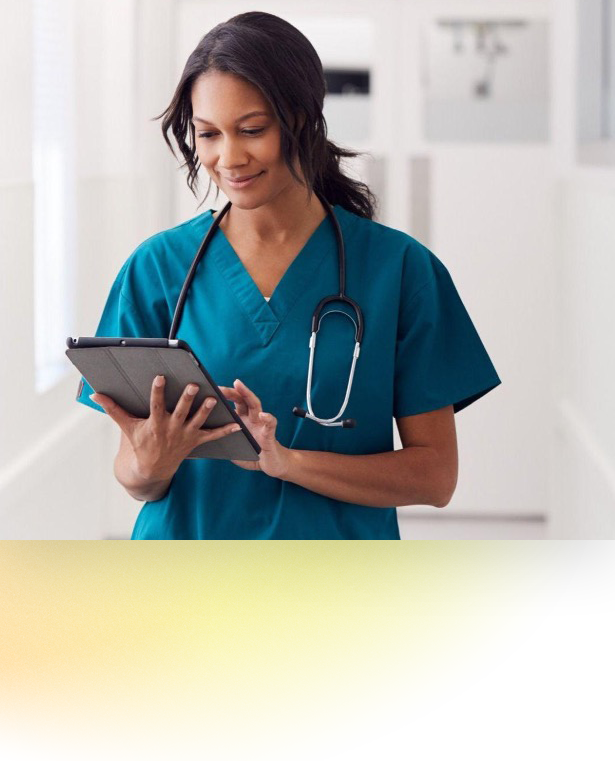Built by providers for providers
All the things providers are looking for in a remote patient monitoring (RPM) program.

Simple care
Remote patient monitoring should be easy. Dedica patients have a standard blood pressure cuff with no apps or downloads. No wifi required!
One-on-one
Each patient has their own personal care navigator. Our navigators are a call away and are scheduled to connect with patients regularly.
Facilitates timely intervention
Allows medication management and scheduling of televisits, office visits, and labs between office appts, before unnecessary emergency department visits and admissions.

Provider freedom
Dedica handles all patient interactions and delivers streamlined reporting, giving providers hours of their time back.





